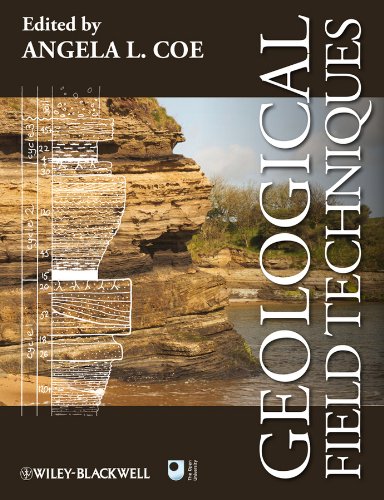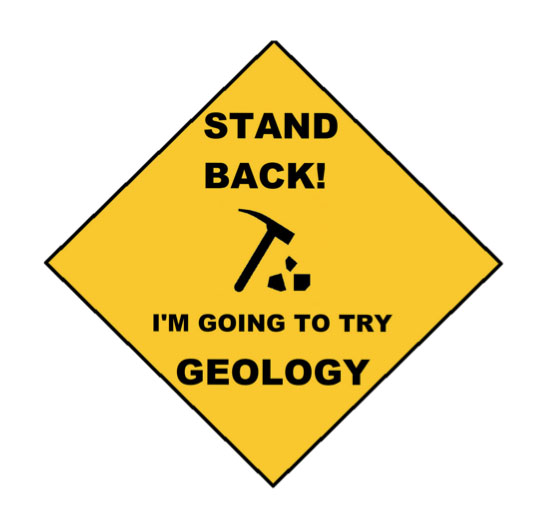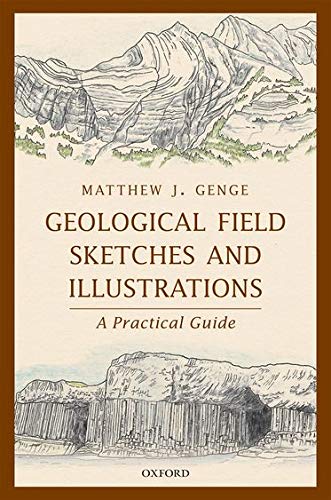What is a field sketch?
A field sketch is a way of recording data through systematic analysis and factual representation of a view. It does not require artistic skill or interpretation. Although a photograph might act to jog your memory of an outcrop, it is unlikely that it will clearly record certain geological features or nuances of colour which a field sketch will pick out. However, photographs do have the benefit of being accurate in terms of scale, large structural details and actual colour, and thus photographs and field sketches can be used in tandem. Field sketches can be viewed as geological caricatures which highlight the essential geological features.
Why make field sketches?
Field sketches are useful in several ways:
Guidelines
1. Be aware of how much time you have to complete your sketch. Look at the outcrop. Break it down into lines, colours and shapes. Before you start to draw, consider your scale - a common problem with field sketches is that they don't fit on your page! In general, you should determine which portion of a view you are sketching, and sketch these boundaries in first. It may also help to determine a centre-line and pencil this in on your paper before you start.
2. Try not to exaggerate the vertical scale. For large outcrops, it is useful to have a person standing somewhere in your view, so that you can use them as a scale. If you draw the person in immediately, then it won't matter if they move away. For smaller features, hammers and lens caps make useful scales.
3. Once you have drawn a simple outline, for example the horizon or the boundaries in a quarry, add roads, paths and bodies of water so that you can orientate yourself. If you have a skyline, you might add clouds or grassy clumps to indicate this.
4. Pick out lines first. These might indicate bedding, breaks in slope, gullies, ledges or joints. Pay attention to how geological units are related to each other: Does one set of beds stop against another set of beds or are they continuous throughout the outcrop; How does one set of surfaces relate to another set…..
5. Using coloured pencils, shading or annotation, pick out colours. These might include different rock types, vegetation or soils.
6. Look for shapes. These might indicate rock outcrops, folds, depressions or faults.
7. As you proceed, you will feel inclined to annotate your sketch. You might want to label a change or distinction in colour, a change in vegetation (grass to trees), preliminary geological differentiations (dark grey, fractured rock). You cannot identify rock-types from a distance but you can distinguish obvious rock characteristics; you can identify the rocks on closer inspection later. A good field sketch is one which provides you with an idea of rock relationships. It takes practice to produce a useful field sketch in a limited time!
Video Introduction to field sketching
Field sketching is a valuable skill for geologists, but one which many people are unsure of how to learn. In this 40 minute Kevin Pickering describes how to produce a simple field sketch using techniques which need minimal artistic skill. The lecture was given for the Pyrenees Virtual Field Trip and is based on a viewpoint in the Ainsa Basin, but the techniques can be applied anywhere.
More advice
 | The Geological Techniques book edited by Angela Coe (2010) has an excellent section on field sketching - Chapter 4, section 4.3. You can access this via the UCL library |
 | Dave Dobson's Idiot's guide to fieldwork and notebooks (with good examples of not very artistic but very useful sketches) |
 | Genge (2020) is a beautifully produced new guide to this classical geological tool. |